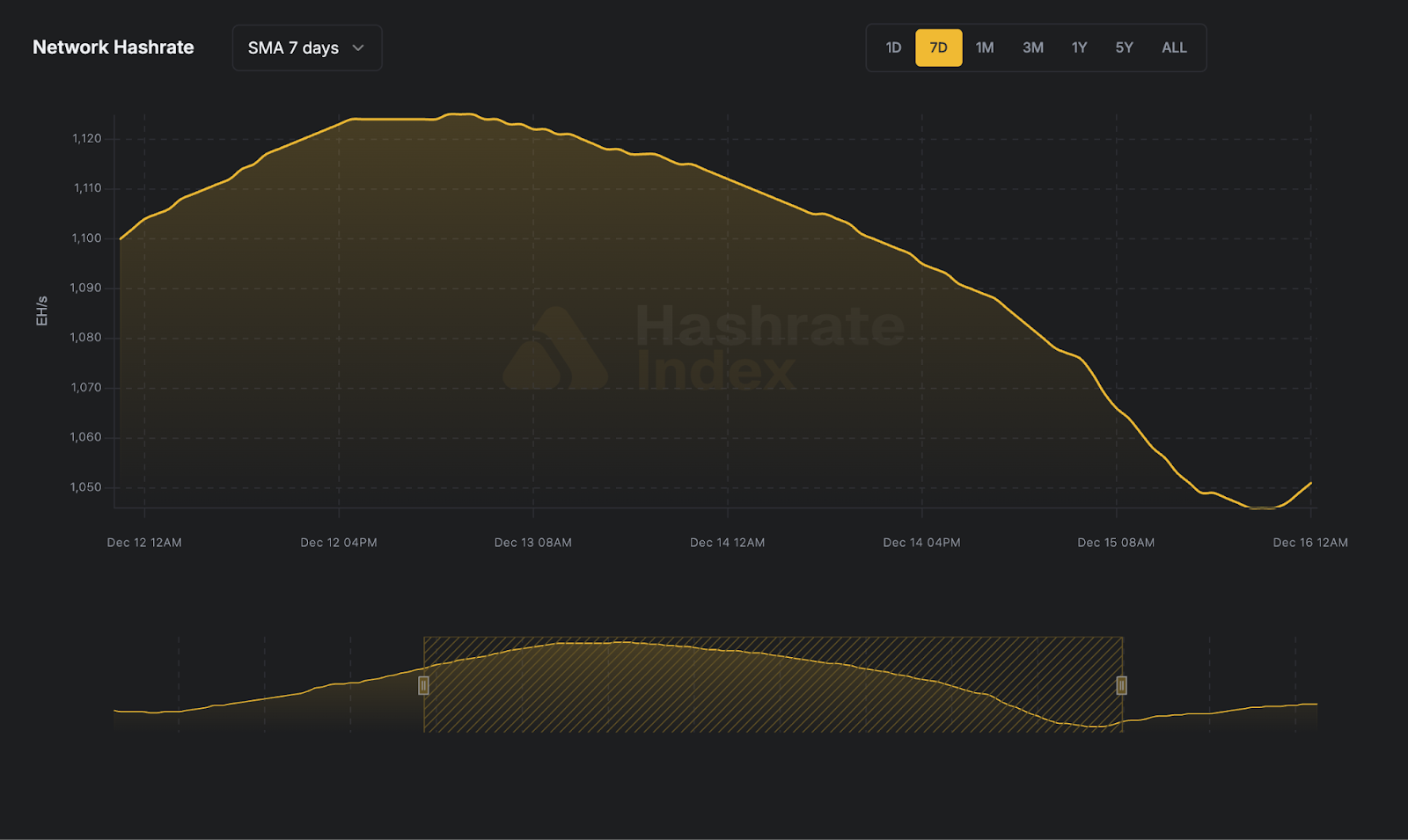
New Methods for Forecasting Bitcoin Transaction Fees
In this report, the Luxor Team introduces new methods for forecasting Bitcoin transaction fees.
Bitcoin is at once highly predictable and highly unpredictable. With relative certainty, we can measure the days between difficulty epochs and the months between halvings, and Bitcoin’s emissions schedule is set in stone. Conversely, we have no idea what Bitcoin’s price will be tomorrow or in a year, though we can throw around a guess or two.
Similarly, we can’t measure demand for blockspace until that demand materializes. But we can devise methods for projecting transaction fees into the future to give miners a better shot at anticipating transaction fee volatility.
That's what the Luxor team has done in our latest report, "Forecasting Bitcoin Transaction Fees For Bitcoin Miners, Hosters, Lenders and Hashrate Traders." In this report, we introduce new methods and models for forecasting Bitcoin transaction fees months into the future. You can download the report directly below.
Introducing a New Way to Forecast Bitcoin Transaction Fees
The proliferation of Ordinal theory and the advent of inscriptions on Bitcoin highlights this need. At the beginning of May 2023, a new protocol similar to Ethereum’s ERC-20 sprung to life on Bitcoin, called BRC-20. The BRC-20 token standard allowed inscribers to mint fungible, and tradeable, tokens on Bitcoin. The high-time preference activity of “minting” BRC20 tokens caused transaction fees and hashprice to temporarily and unexpectedly surge. Transaction fee bidding wars were so intense that some block rewards were over 12.5 BTC – greater than last halving epoch’s block subsidy. Hashprice topped out at $129/PH/day on May 8 from the fee action, a 72% increase from the week prior.
This profitability boost was short lived, though. As transaction fee volume receded and Bitcoin's price slipped from $29,000 to $27,000, hashprice's meteoric rise cratered into a swift decline over the course of the week. Even so, transaction fee volumes are still much higher than they were last year, or even in February and March when the inscriptions mania kicked off.
All this volatility has Bitcoin miners, hosting providers, lenders, financiers and hashrate forward traders all wondering what comes next.
In the report we cover:
- How transaction fees function in the Bitcoin network
- The supply and demand factors that affect fees on the Bitcoin network
- How transaction fees have behaved historically
- Models we can use to forecast Bitcoin transaction fees
For Hashrate Index Premium Gold subscribers, we also provide:
- The model outputs and methods for forecasting transaction fees that informed this report (delivered via Excel or CSV file)
- Q3-2023 report for hashrate, difficulty, and hashprice projections; includes model outputs (delivered via Excel or CSV file)
- Premium Hashrate Index Quarterly reports
This is the first iteration of our Forecasting Transaction Fees reports, and we have made this report public to share our research to the mining community for transparency and feedback. Future versions of this report will be available only to Hashrate Index Premium Gold and Platinum subscribers. The model we created for report (excel sheets and outputs) is available to Hashrate Index Premium Gold and Platinum subscribers. For more information on our premium research and data, please visit this page.
Hashrate Index Newsletter
Join the newsletter to receive the latest updates in your inbox.








